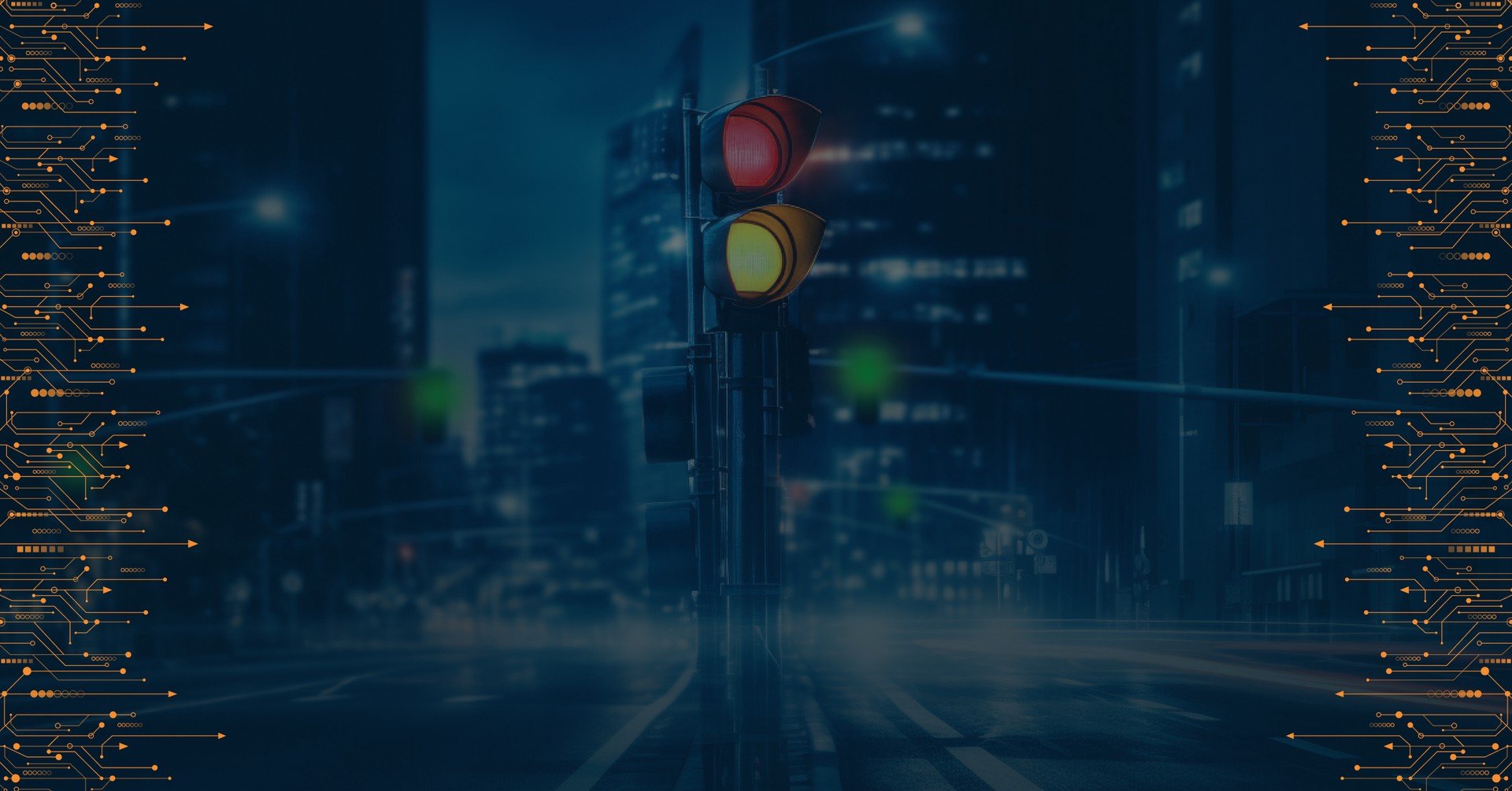The COVID-19 pandemic became a nightmare that lasted so many months and disrupted global supply chains. Sure, industries experienced supply chain challenges before the pandemic. However, the scale of disruption and impact was unprecedented.
It didn’t take long until shortages in consumer electronics, essential medical equipment, and cars became too obvious at the start of the COVID-19 pandemic. Interestingly, more than 90% of supply chain leaders had planned to transform their supply chain processes with more agility and flexibility.
But after the COVID-19 crisis, supply chain executives consistently struggled to resolve common supply chain issues. Many had preconceived notions at the start of the pandemic that it wouldn’t leave too much of a mark on supply chain processes.
Supply Chain Disruption and the COVID-19 Pandemic: Perspective
Whether it’s fires, earthquakes, or ships stuck in canals, supply chain disruptions are common and turn into temporary setbacks. With the onslaught of the COVID-19 pandemic crisis, the disruption became severe and widespread, which made the supply chain more unpredictable.
COVID-19 managed to spotlight supply chain issues. However, this time something stood out more than before: the supply chain crisis does not affect just the physical world. On the contrary, it caused a lot of havoc in the digital realm, highlighting cybersecurity issues that had been overlooked before.
Supply Chain and Cybersecurity
In the last few years, cyber threats and attacks have reached an all-time high. And like other industries, the supply chain has been no exception. Cyber threats tie together with IT vulnerabilities and involve software systems like piracy and malware.
Cybercriminals maliciously or indirectly inject compromised backdoors into the proprietary, open-source, or purchased software companies use.
When it comes to supply chain cybersecurity, it usually revolves around mitigating cyber risks from different software systems that other organizations have developed. It also involves securing how a supply chain company accesses another company's data within the supply chain process.
But despite taking all the cybersecurity measures and following standard guidelines, there’s no certainty that the software that companies get is 100% secure.
Since the pandemic crisis, it has become obvious to resellers and suppliers that close collaboration is essential. Suppliers understand that computer networks can become vulnerable and sensitive data may get shared.
The breach of a single company usually affects a lot more, and therein lies the main issue of supply chain stakeholders. In fact, cybercriminals often initially launch a cyberattack on a company with weaker security measurements, rather than attack an organization with robust cybersecurity.
For instance, SolarWinds supply chain attacks stand out. It forced the hands of a lot of companies to reduce their dependence on international suppliers and create domestic supply chains. In fact, many companies are still moving their production out of international factories to domestic ones.
HP enterprise also has a product line now that utilizes a dedicated supply chain for its components. Since the pandemic crisis, many federal governments across the world have communicated to their ministries to stop using unfamiliar software and hardware to minimize cybersecurity risks.
Best Practices of Supply Chain Cybersecurity
Companies need a solid cyber defense strategy to safeguard and improve their supply chain security. Mostly, it involves following current best cybersecurity practices to enhance supply chain security:
- Use locks and seals for shipping items
- Run background checks on all hired staff
- Log and monitor shipments
- Set automated notifications and alerts for receivers and senders
- Regularly assess warehouses and factories
- Opt for certified suppliers
- Use licensed and authorized third-party auditors to verify partners
- Train staff about basic cybersecurity protocols so that they can be alert
- Regularly review vendor-source and open-source code
- Have role-based or permission-based data access
- Determine requestors and authenticate data transmission
- Comply with local and federal data governance laws
- Run data vulnerability and penetration tests on potential partners
- Minimize permissions and access to third-party software solutions
- Have a contingency, early defense and response plan to discover and take prompt actions against potential cyber threats
Cyber Risks and Threats During Pandemic: Lessons Supply Chain Partners Learned
Here are some of the lessons supply chain partners have learned from the COVID-19 crisis and how companies can adopt such measures to make their supply chain processes resilient for years to come:
~ Focus on C-Suite Supply Chain
Since the pandemic crisis, the C-suite has become a priority for companies. Also, companies need to see supply chain vulnerability through an everyday lens and take event-specific considerations. There is also the need to evolve relationships between different supply chain partners.
After the COVID-19 pandemic that created overnight global supply chain disruption, the need to improve supply chain partners’ relationships has become crucial. Companies can make this part of their diversification goals and review relationships with different supply chain partners.
~ Opt for Multi-Sourcing Options
One of the lessons supply chain executives have learned after the COVID-19 crisis is to explore more than just one shoring option. In fact, it couldn’t be more obvious to companies that a single source of supplies and products is not a practical strategy.
Mainly, it impacts profit margins and the bottom line of companies. In the last three years, businesses have become more sensitive and ensure their products don’t tie together with a single sourcing option. But when you’re dealing with more than one supplier, it might make the company’s supply chain successful, yet also more susceptible to a potential cyber risk.
~ Cut Out Overdependence on Traditional Models
Part of the process is to re-assess old-school inventory practices. Besides, conventional supply chain models fall apart when businesses have to adapt to changing market conditions and rising demands. It doesn’t just impact the bottom line of companies and impair the relationships with suppliers.
Whether it’s product shortages or materials, the challenges outweigh the benefits of implementing a traditional supply chain model and lead to more business disruption. After the pandemic crisis, companies now understand that there’s a lot of risk around the supply chain to make prompt deliveries.
~ Invest More in the Latest Advanced Supply Chain Tech
When it comes to mitigating cyber threats and risks, the best way for companies is to adopt new technology. Using new tech that can assess the cyber risk levels holistically means companies are least likely to run into cyber attacks and threats. Since the pandemic, most supply chain partners have spent more sums to leverage a new technology.
A Gartner report highlights that supply chain leaders want to leverage the best technology to stand out and maintain flawless supply chain operations.
Today, companies are serious about investing in supply chain tech. The idea is, of course, to take digital innovation to the next level and spike up revenue numbers at the same time, while also staying resilient towards any adversarial attempts.
From Automation to Digitization
Top supply chain tech that companies have started to adopt revolves around digitization, automation, and IoT devices.
- Automation across the supply chain makes processes more efficient. It covers voice systems and robots so that companies can boost their supply chain efficiency and cut out repetitive tasks.
- With IoT devices, companies can improve overall logistics.
- Digitization allows businesses to streamline their supply chain mobility.
Final Thoughts
Supply chain disruptions are often inevitable. However, it doesn’t mean companies should not plan and find a perfect response to maintain their digital and physical resilience.
The key is to adapt and embrace new market dynamics and shift the global perspective. It starts with making supply chain processes less complicated than they have to be. Most companies now want to build an incredibly resilient and future-driven supply chain process to achieve heightened visibility.
In hindsight, the pandemic taught critical industries the future of the supply chain boils down to how reliable and efficient they make their processes without counting on decade-old models. That includes no compromise on strengthening their cybersecurity infrastructures. From re-evaluating inventory to exploring shoring, leaving little to no room for cybercriminals to exploit possible vulnerabilities became crucial.

PRODAFT Team
Stay up to date
Browse Posts
Browse by topics
- Cybercrime awareness (15)
- Cybersecurity for Businesses (10)
- Risk management (7)
- Cybersecurity Tips (6)
- Digital safety (6)
- Proactive Threat Intelligence (6)
- Cyber threat protection (5)
- Cyberattacks (5)
- Risk intelligence (5)
- Threat Prevention (5)
- Data Protection (4)
- Network Security (4)
- Phishing (4)
- Supply chain risks (4)
- TTPs (4)
- Artificial intelligence (3)
- Critical network infrastructures (3)
- Malicious websites (3)
- Malware (3)
- Social engineering (3)
- Data breaches (2)
- Insider Threats (2)
- NIS2 Directive (2)
- Ransomware (2)
- CISOs (1)
- Cryptocurrencies (1)
- Cyber espionage (1)
- Cyber extortion (1)
- Cyber fraud (1)
- Cybersecurity Collaboration (1)
- DDoS Attacks (1)
- Deepfakes (1)
- DoS Attacks (1)
- Fake social media (1)
- Incident Response (1)
- Internet of things (1)
- Money Laundering (1)
- Multi-factor authentication (1)
- One-day vulnerability (1)
- Remote Work (1)
- Stealers (1)
- SystemBC (1)
- The Cyber kill chain (1)
- Threat Intelligence solutions (1)
- Tor browser (1)
- Traffic Distribution System (1)
- Zero-day vulnerability (1)
- dark web (1)
- deep web (1)
- keyloggers (1)
- social media (1)
- spoofing (1)
- threat detection (1)

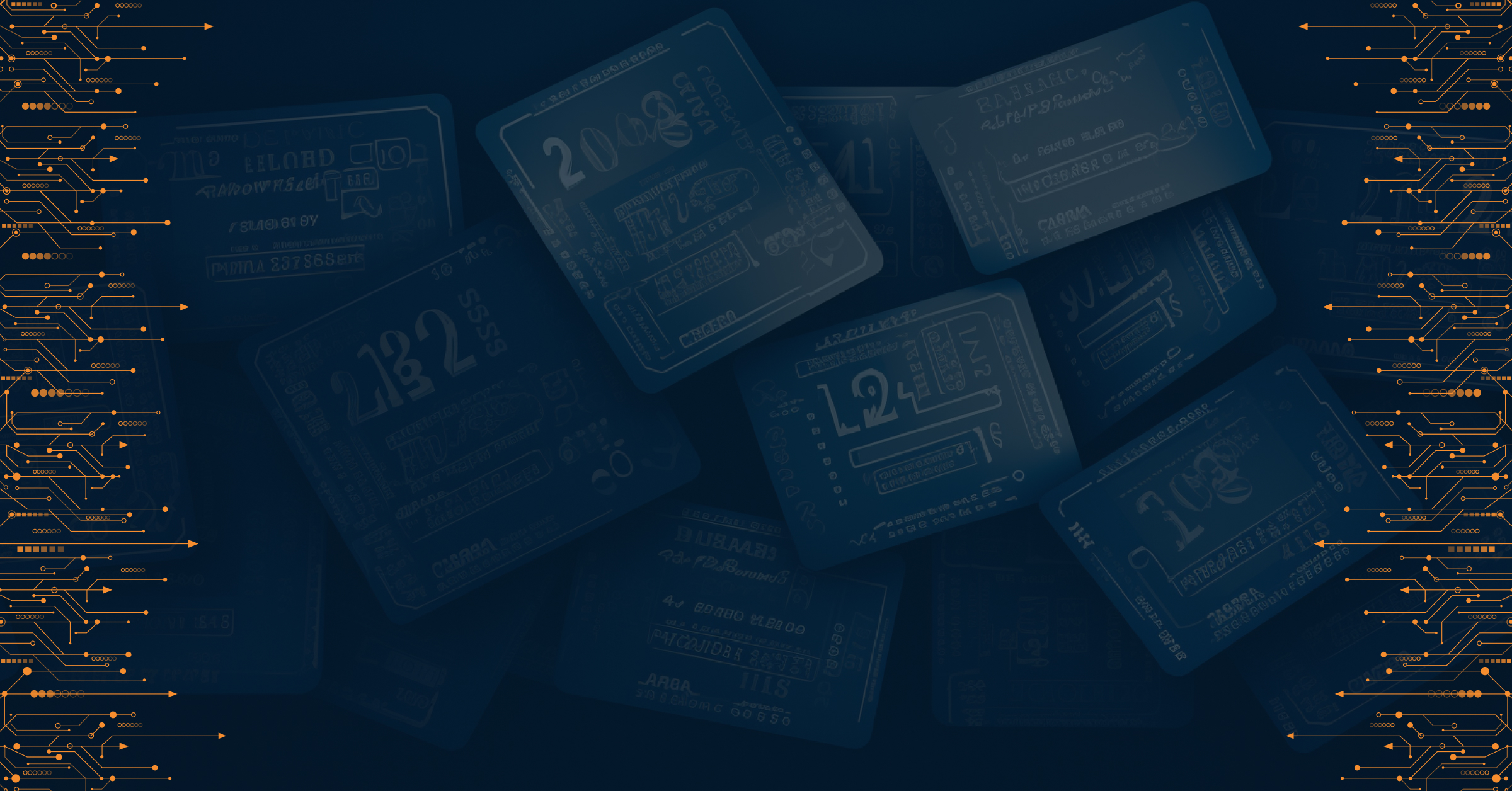

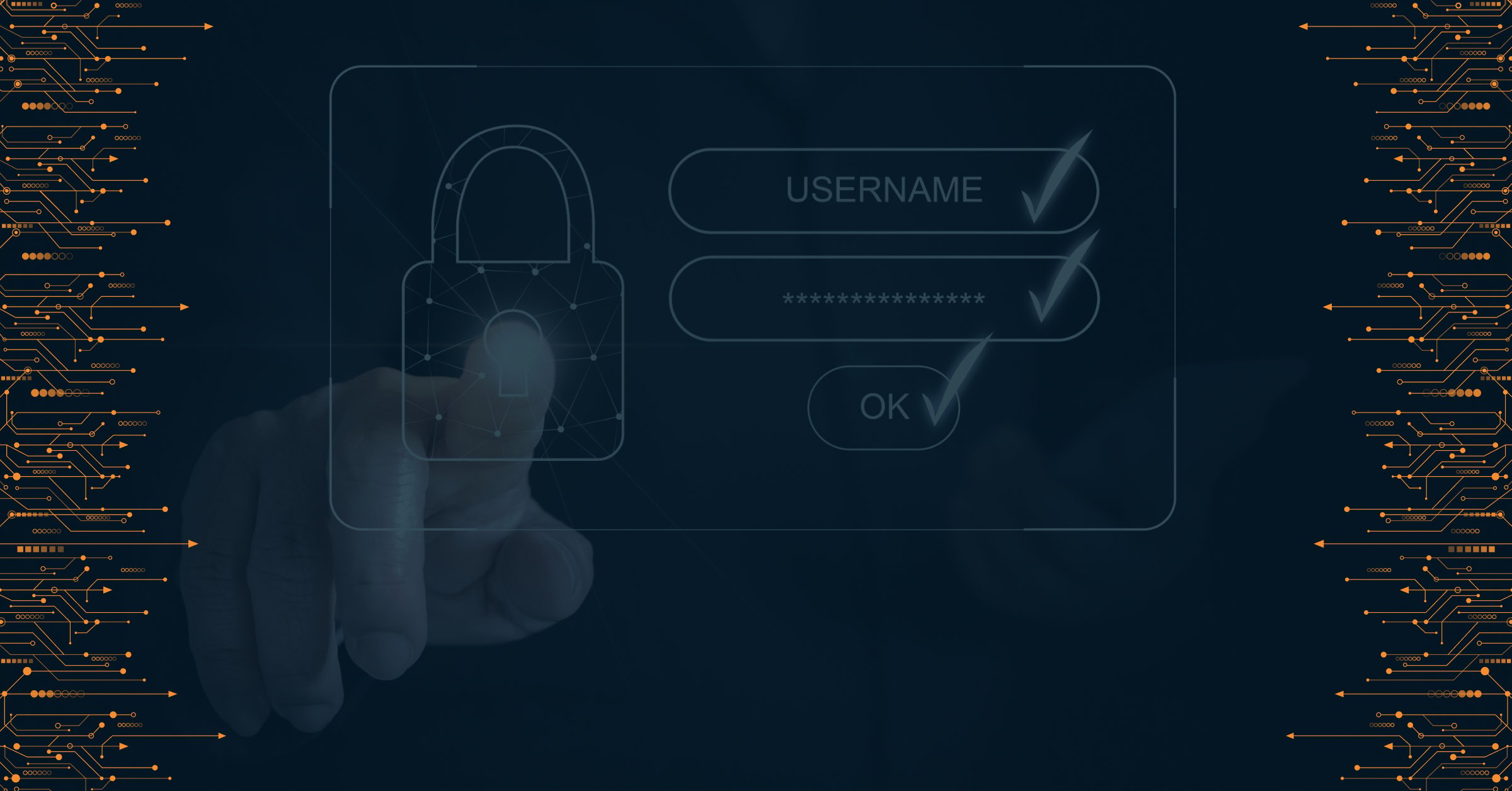


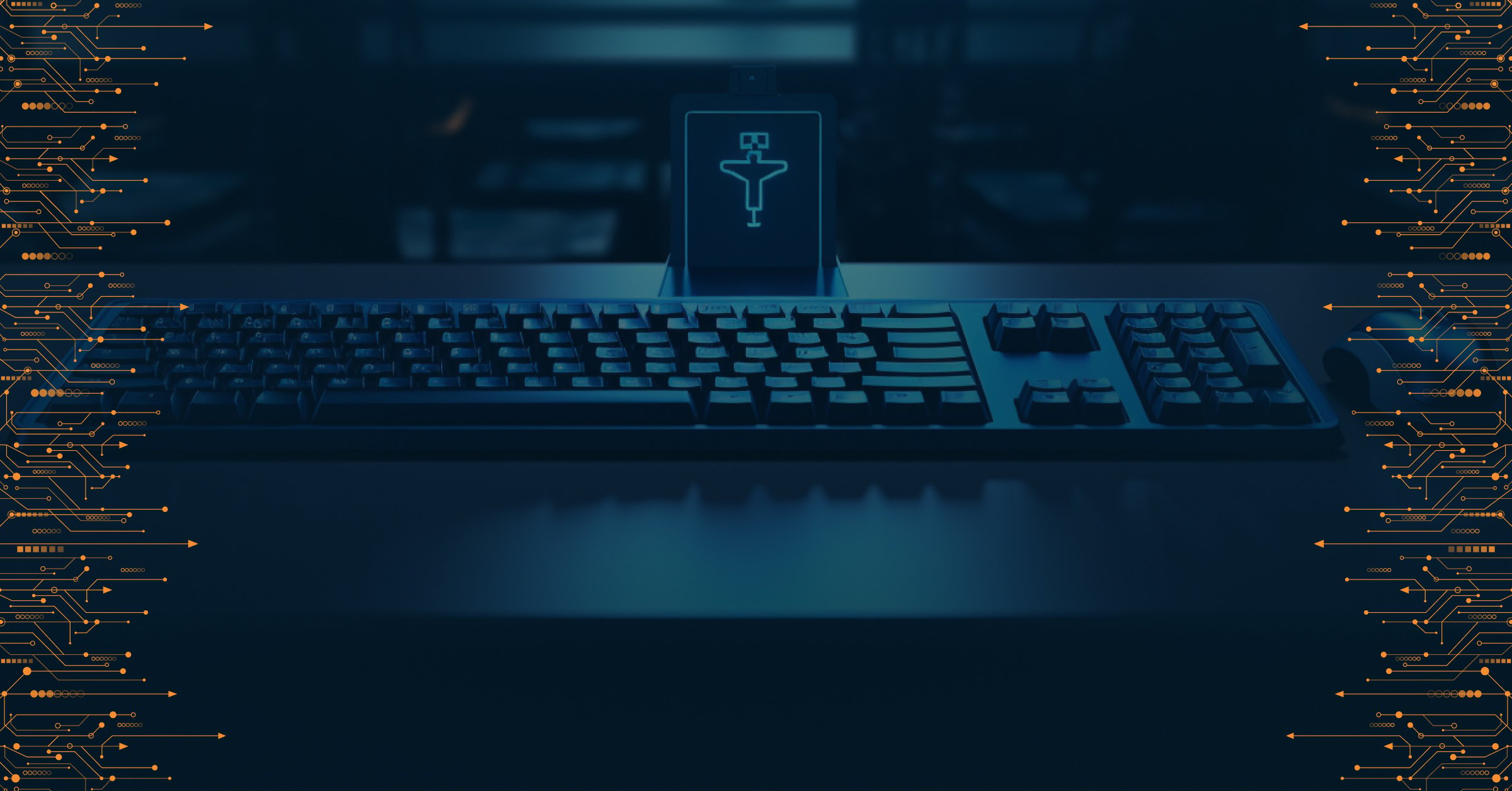


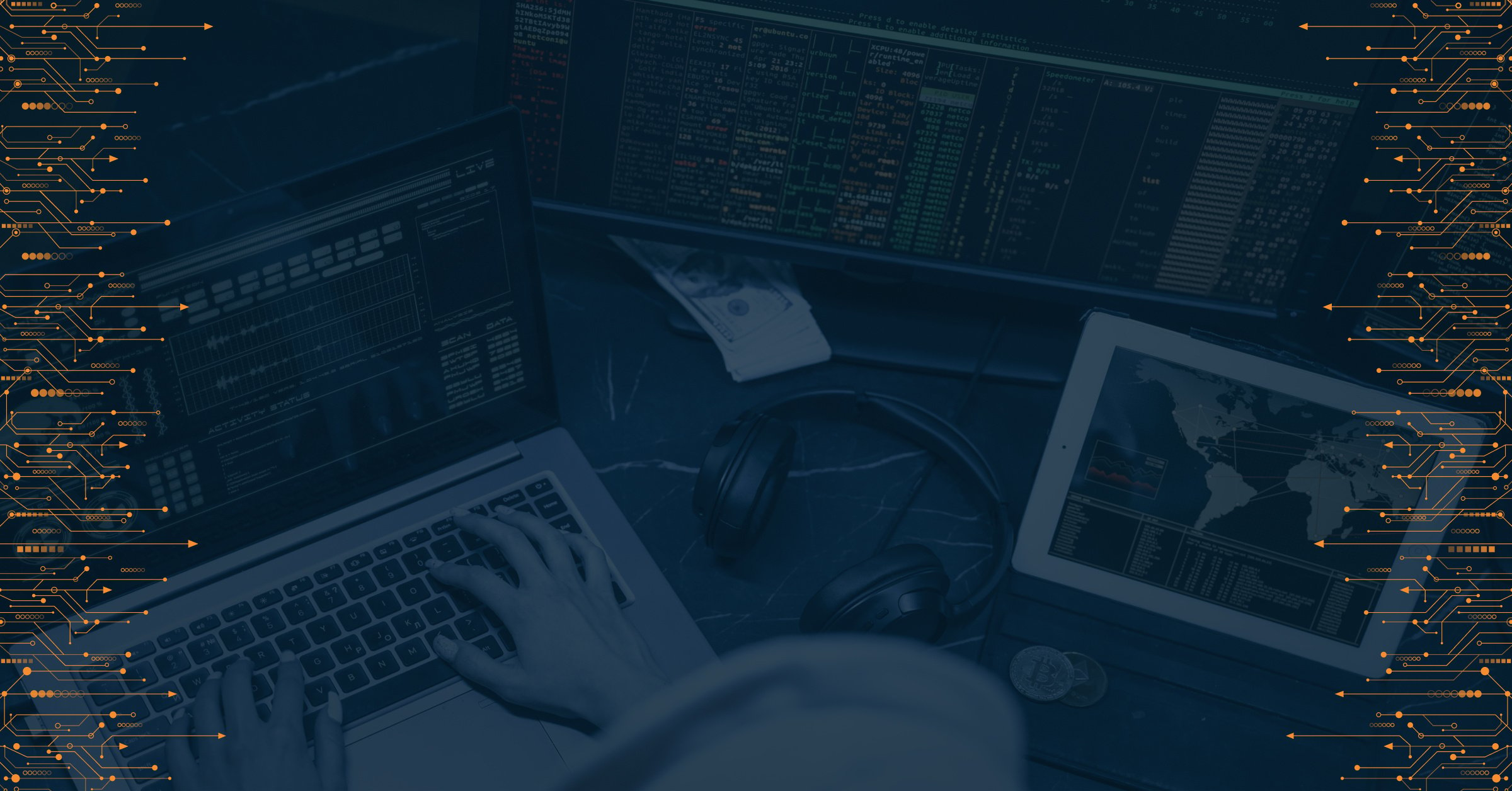
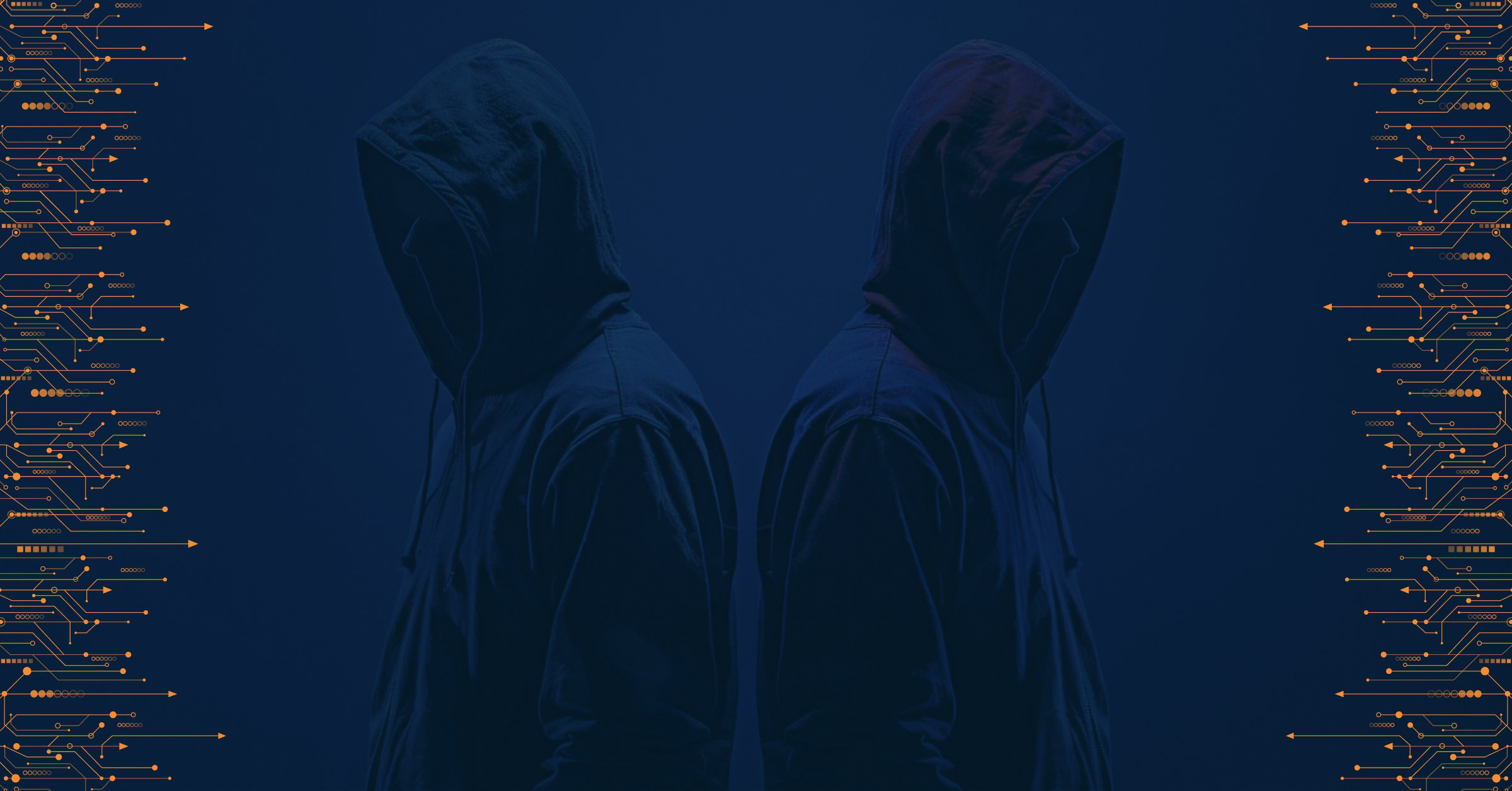

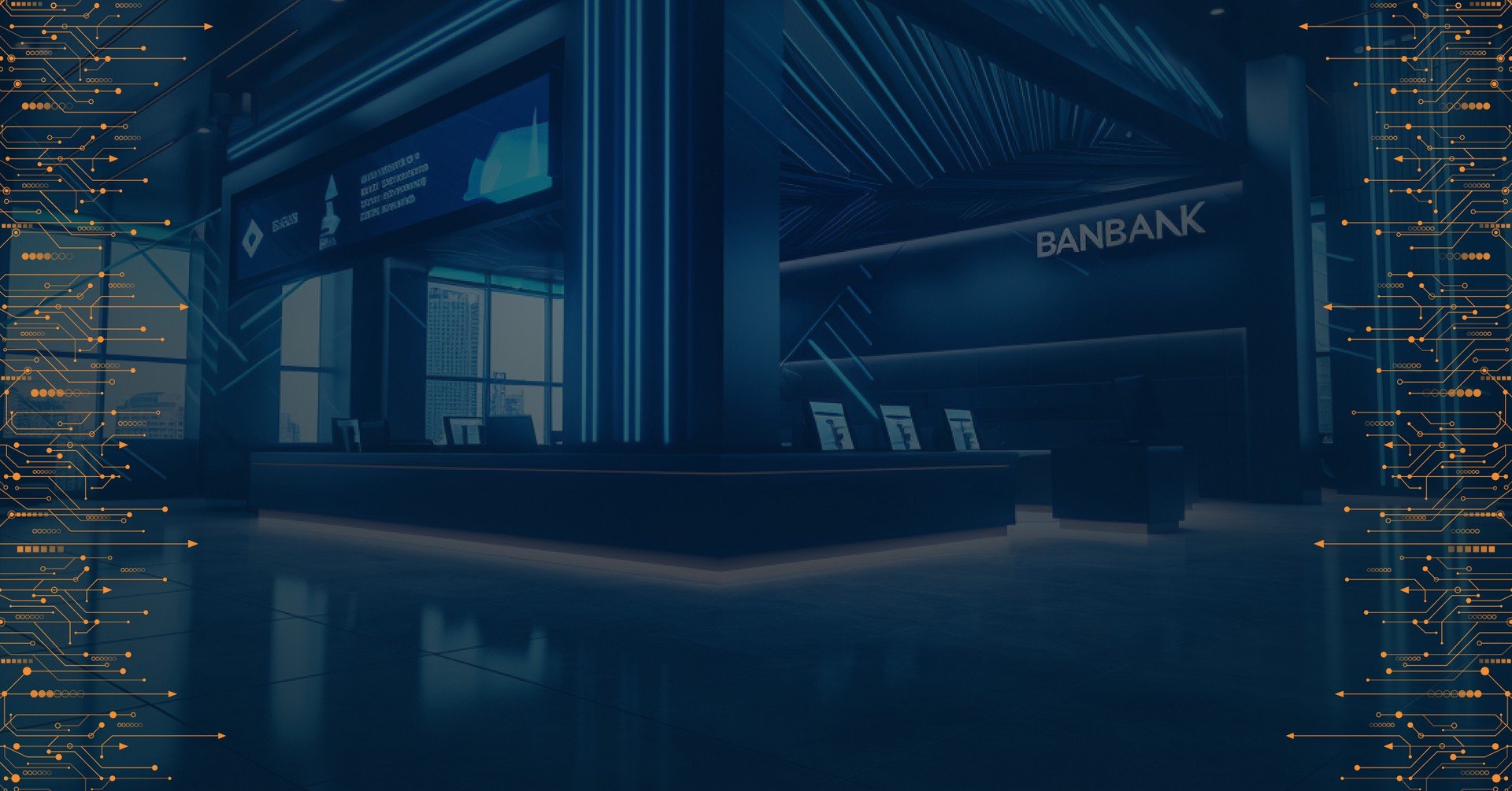

![Compliance with the NIS2 Directive: What Can EU Businesses Do? [Part 2]](https://resources.prodaft.com/hubfs/Europian%202.jpg)
![Cybersecurity and Global Risk: Protect Your Organization from a Deteriorating Risk Landscape [Part 2]](https://resources.prodaft.com/hubfs/5A.%20Cybersecurity%20and%20Global%20Risk%20-%20Protect%20your%20organization-1.jpg)

![What EU Businesses Need to Know to Ensure Efficient Compliance with The NIS2 Directive? [Part 1]](https://resources.prodaft.com/hubfs/Europian%201.jpg)
![Cybersecurity and Global Risk: Protect Your Organization from a Deteriorating Risk Landscape [Part 1]](https://resources.prodaft.com/hubfs/5A.%20Cybersecurity%20and%20Global%20Risk%20-%20Protect%20your%20organization.jpg)

